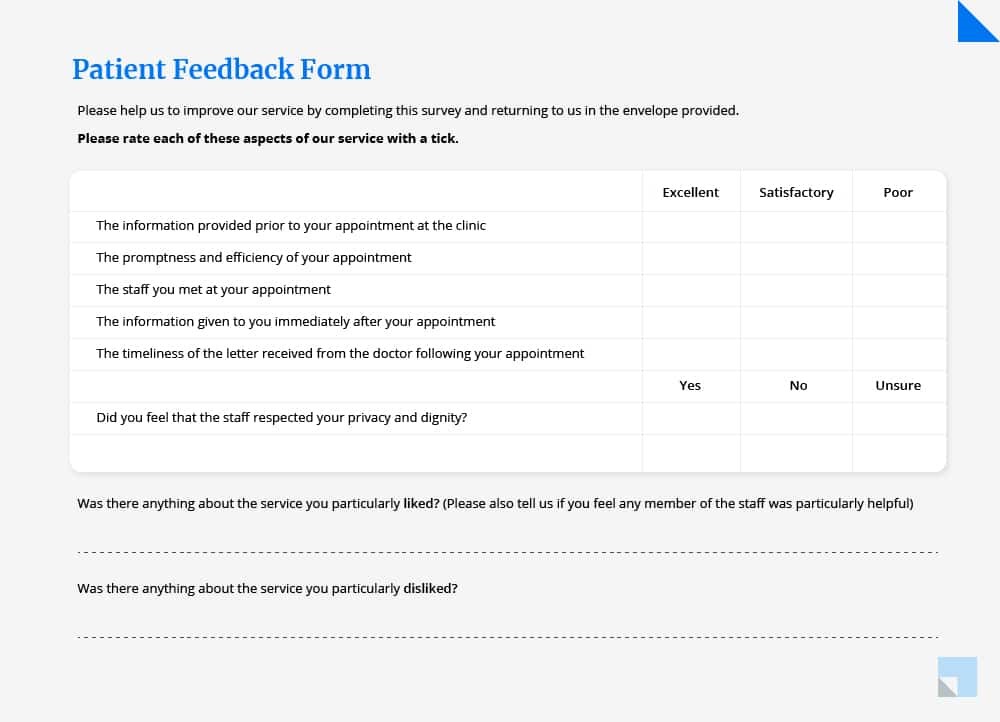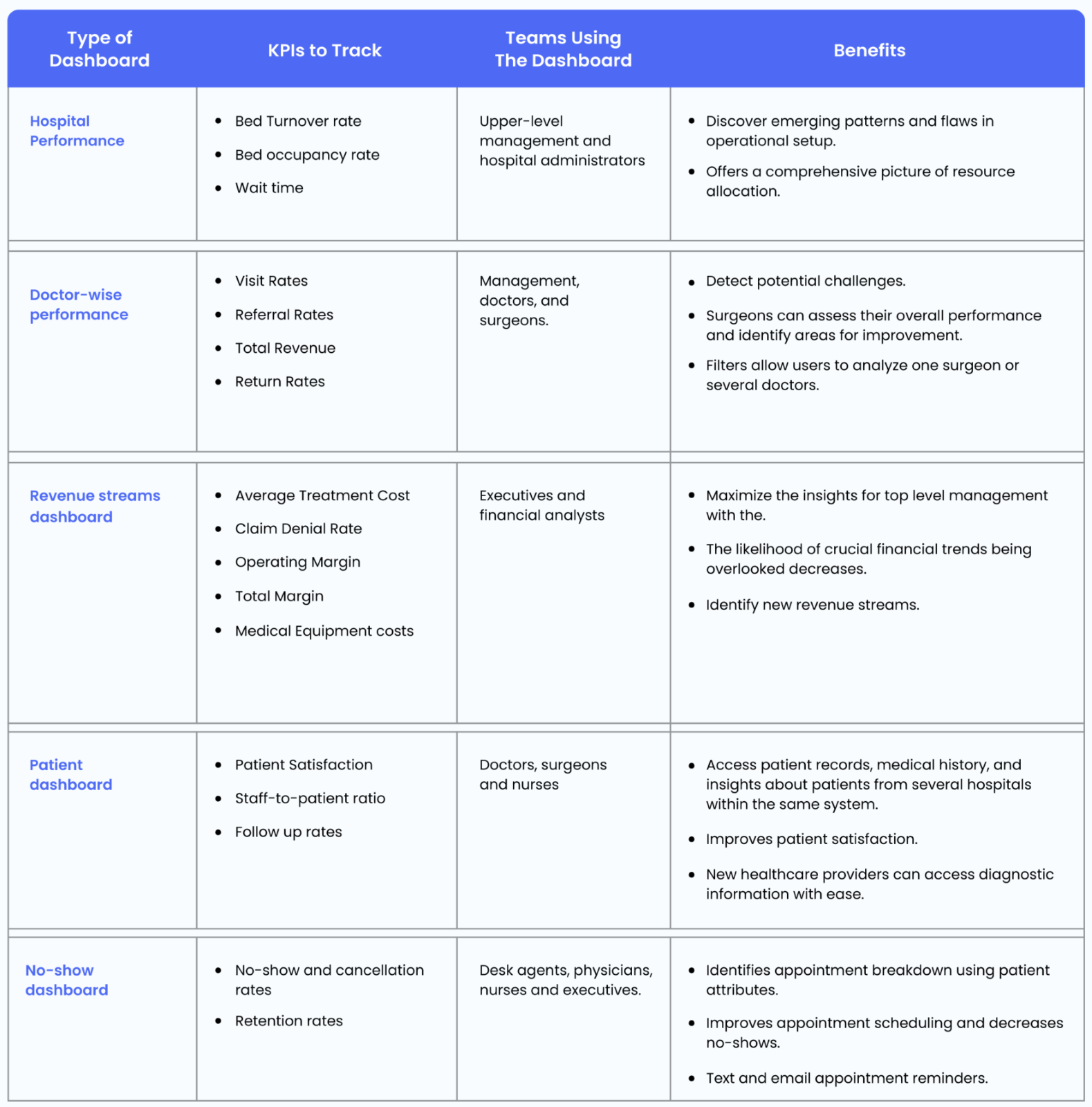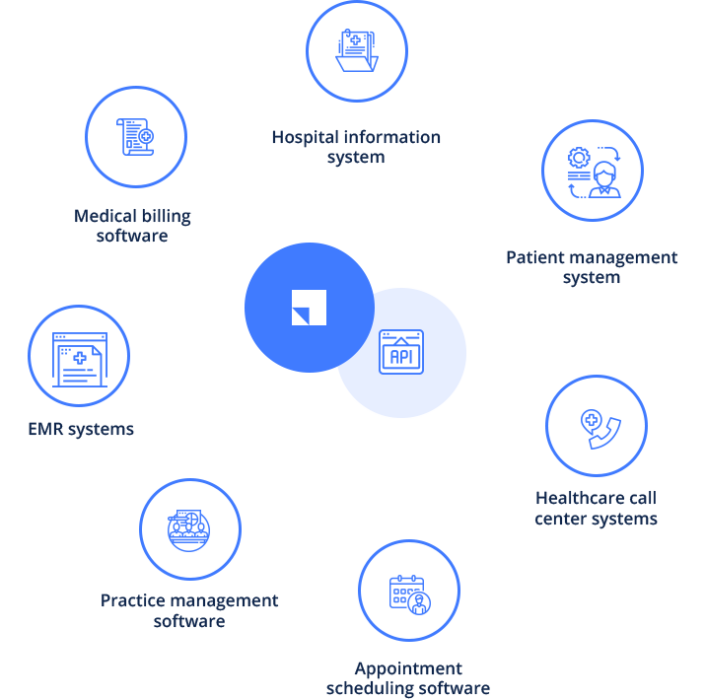One of the best ways to grow a healthcare practice organically and without tearing a hole in the enterprise’s pocket is simply patient retention. Now, that sounds easier on paper. But to keep patients engaged and satisfied throughout their health journey in this fast-paced world of healthcare is far from easy.
Luckily enough, we now have the technology designed to do just that and more. It’s data analytics we are talking about.
The healthcare industry is awash with data – from electronic health records to patient feedback and demographic information. However, the true power lies not in the data itself, but in how we analyze and derive actionable insights from it. This is where data analytics comes into play. With it we can now better understand patient behavior, spot trends, and develop strategies to up patient retention rates.
In this blog post, we’ll explore the vital connection between patient retention in healthcare and data analytics. We’ll delve into why it matters, examine the factors influencing patient behavior, and uncover how data analytics can be leveraged to create more personalized and better ways to deliver care.
The Importance of Patient Retention
Reputation is one of the most valuable assets any social entity can have. This is especially true for healthcare practices — if they intend to grow their enterprise the right way.
The best way to earn a good reputation is to deliver quality service. The next best way to do so is to move the acclaim through word-of-mouth marketing. And one of the signs of an enduring reputation is patient retention — more patients finding your practice worth a return to.
But since reputation is a consequence of delivering the best service, it is also important that we know what all factors play into what can be called quality care.
In any case, patient retention refers to the ability of healthcare providers to maintain long-term relationships with their patients, ensuring they continue to seek care from the same provider over time — a consequence of delivering optimal service. It’s a crucial aspect that goes beyond mere customer loyalty — it’s about fostering continuity of care, which contributes to both the patient’s health and the provider’s success.
For healthcare providers, the importance of retaining their patients cannot be overstated. From a financial perspective, acquiring a new patient can cost manifold than retaining an existing one. This disparity is due to the resources required for marketing, outreach, and the initial onboarding process for new patients.
Moreover, patient retention has a direct impact on the quality of care and overall patient outcomes. When patients maintain a consistent relationship with their healthcare provider, it leads to:
- Better continuity of care: Providers can track health changes over time more effectively.
- Improved preventive care: Regular check-ups and screenings are more likely with retained patients.
- Better patient-provider communication: Trust built over time leads to more open dialogues about health concerns.
- Personalized treatment plans: Long-term knowledge of a patient’s history allows for more tailored care approaches.
From a practice sustainability standpoint, high patient retention rates contribute to a stable patient base, more predictable revenue streams, and positive word-of-mouth referrals. Satisfied, long-term patients are more likely to recommend their healthcare provider to friends and family, organically growing the practice.
Understanding Patient Behavior: Key to Improving Patient Retention
To retain more patients, healthcare providers must first understand their behavior. Patient behavior covers a wide range of actions that individuals make regarding their healthcare. This includes how often they schedule appointments, their adherence to treatment plans, their engagement with preventive care measures, and even how they communicate with healthcare providers.
Adding on top, several key factors influence patient behavior, directly impacting their retention rates:
- Demographics: Age, gender, and cultural background can significantly affect how patients interact with healthcare services. Any hinderance to their preferences can put them off and make them look elsewhere for alternatives. For instance, women may feel more comfortable discussing reproductive health with female doctors, while men might prefer male doctors for certain sensitive issues. Many such factors decide whether a patient would continue to opt for the services from the same medical practice.
- Health literacy: A patient’s ability to understand and act on health information plays a crucial role in their engagement with healthcare services. Higher health literacy often correlates with better patient retention.
- Socioeconomic status: Factors like income, education, and occupation can influence a patient’s ability to access healthcare services consistently, affecting long-term retention.
- Previous healthcare experiences: Positive or negative experiences with healthcare providers can significantly impact a patient’s likelihood of returning for future care.
- Convenience and accessibility: The ease of scheduling appointments, location of healthcare facilities, and availability of telehealth options can all influence patient behavior and retention.
- Patient-provider relationship: Strong, trusting relationships between patients and their healthcare providers are fundamental to improving patient retention.
Understanding these factors can help medical practices to develop targeted patient retention strategies. By analyzing patient behavior patterns, they can identify at-risk patients who may be likely to discontinue care and implement proactive measures to align care to their needs.
Implementing patient retention solutions based on behavioral insights can lead to more personalized care experiences, improved patient satisfaction, and ultimately, higher retention rates. Let’s explore more about this moving forward.
How data analytics is revolutionizing patient retention in healthcare
In the quest to improve patient retention, healthcare providers are increasingly turning to data analytics as a powerful ally. This technology-driven approach is changing how medical practices understand and engage with their patients. For instance, Patient Engagement Software, such as that from LeadSquared, is one at the forefront of this transformation. Offering tools that help healthcare practices analyze their data and generate automated reports, LeadSquared provides insights into their patient base and how they are faring in terms of services offered and more. So, by harnessing these analytics, healthcare organizations can foster stronger relationships, ultimately improving patient loyalty and satisfaction.
Types of data that drive patient retention efforts
A wealth of information can be leveraged to boost patient retention rates, and these include:
- Clinical Data: Medical histories and treatment outcomes provide insights into patient health journeys.
- Patient Feedback: Surveys and reviews offer direct input on patient experiences and satisfaction levels.

- Demographic Information: Understanding patient populations helps in tailoring retention efforts.
- Behavioral Data: Appointment attendance and communication preferences inform engagement strategies.
- Operational Metrics: Wait times and staff performance impact overall patient experience.

You can also download this guide to share it with your team or refer to it later: Guide to Choose the Right Healthcare Dashboard.
Applying data insights to increase patient retention
By leveraging these data types using technology, healthcare providers can implement:
- Personalized care plans: Data-driven insights help tailor treatment approaches to individual patient needs, potentially improving patient retention rates.
- Targeted communication: Understanding patient preferences allows for more effective outreach, a key aspect of patient retention management.
- Proactive intervention: Identifying at-risk patients early enables timely action to prevent disengagement.
- Service improvement: Analyzing operational data helps streamline processes, enhancing overall patient experience and satisfaction.
- Resource allocation: Data-driven decisions on staffing and facility improvements can better serve patient needs, contributing to long-term retention.
Best Practices for Implementing Data Analytics to Improve Patient Retention
To use data analytics the right way for retaining patients, consider these best practices:
- Invest in the Right Tools:
- Choose analytics platforms that align with your organization’s size and needs.
- Consider tools tailored for patient retention.
- Ensure Data Quality and Integration:
- Maintain accurate, up-to-date patient data across all systems.
- Use healthcare CRMs, such as the Patient Engagement Software from LeadSquared, to integrate data from various sources (EHRs, billing systems, patient portals and more) for a comprehensive view.

- Train Your Staff:
- Provide comprehensive training on data analytics tools and patient retention strategies.
- Ensure all team members understand the importance of data-driven decision-making.
- Start Small and Scale:
- Begin with pilot projects to test your patient retention programs.
- Use insights from initial efforts to refine and expand your approach.
- Prioritize Data Privacy and Security:
- Implement robust data protection measures to maintain patient trust.
- Stay compliant with healthcare data regulations (e.g., HIPAA).
- Continuously Monitor and Adjust:
- Regularly review the effectiveness of your patient retention strategies.
- Be prepared to adjust your approach based on ongoing data insights.
Challenges in Data-Driven Patient Retention Strategies
While data analytics offers powerful tools for improving patient retention, healthcare providers face several challenges in its implementation. Understanding these obstacles is crucial when considering data-driven patient retention solutions.
1. Data privacy and security concerns
Balancing the need for comprehensive patient data with stringent privacy regulations presents a significant challenge. Healthcare providers must navigate complex laws like HIPAA while still gathering enough data to inform their patient retention strategies.
2. Integration of legacy systems
Many healthcare facilities struggle with integrating new analytics tools with existing systems. This can lead to data silos, making it difficult to get a comprehensive view of patient behavior and engagement patterns.
3. Data quality issues
Inaccurate or incomplete data can lead to flawed insights and ineffective patient retention solutions. Ensuring data quality across all systems and touchpoints is an ongoing challenge for many healthcare providers.
4. Overreliance on technology
There’s a risk of focusing too much on data and neglecting the human aspect of patient care. Finding the right balance between data-driven decisions and personalized, empathetic care can be challenging.
5. Cost of implementation
The initial investment in data analytics tools can be prohibitive, especially for smaller practices. This financial barrier can prevent some healthcare providers from fully leveraging data for patient retention management.
6. Skill gap
Many healthcare organizations lack staff with the necessary skills to effectively implement and manage data analytics programs. This skill gap can hinder the successful adoption of data-driven patient retention strategies.
7. Data overload
With the abundance of data available, healthcare providers may struggle to identify which data points are most relevant to improving patient retention. This can lead to analysis paralysis or focusing on the wrong metrics.
While the potential benefits are significant, these obstacles highlight the complexity of using data analytics to enhance patient retention in healthcare settings.
Closing Thoughts
Patient retention in healthcare isn’t just about keeping customers — it’s about ensuring people get consistent, potentially life-saving care. Data analytics offers real promise here, and tools like LeadSquared’s Patient Engagement Software can help providers leverage its benefits effectively.
When used well, data can help healthcare providers understand why patients leave and what keeps them engaged. This insight can lead to meaningful improvements in care quality and patient communication.
But let’s be clear: implementing data-driven strategies is challenging. It requires investment, both in technology and in people who can interpret the data effectively. Privacy concerns are real and must be addressed head-on.
LeadSquared aims to support healthcare providers in this journey, offering solutions that balance technological advancement with personalized care. To learn more about us, click here.









